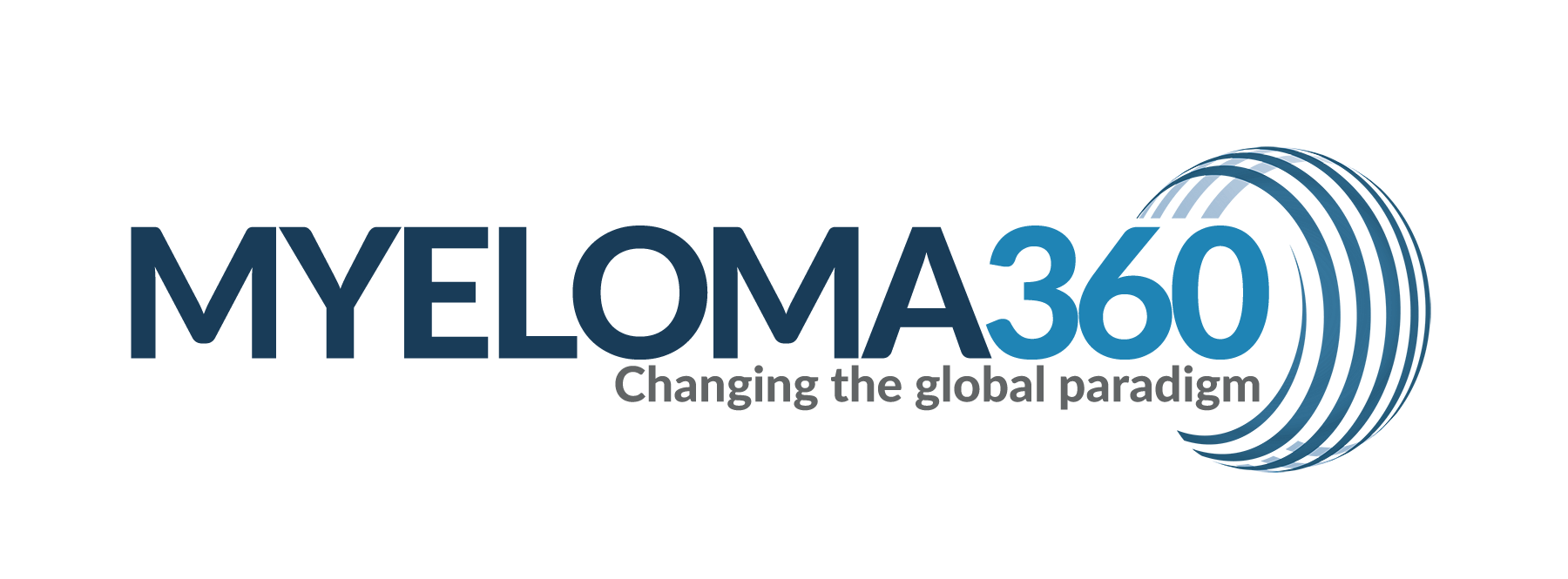EClinicalMedicine. 2023 Oct 24;65:102272. doi: 10.1016/j.eclinm.2023.102272. eCollection 2023 Nov.
ABSTRACT
BACKGROUND: Smoldering myeloma (SMM) is an asymptomatic precursor condition to multiple myeloma (MM) with a variable risk of progression. The management of high-risk SMM (HR-SMM) remains controversial, particularly with changes in diagnostic criteria that led to reclassifying of some patients with SMM to MM. This study aimed to assess clinician preferences for whether to treat patients with HR-SMM and/or patients with MM diagnosed solely by SLiM criteria (free light chain ratio >100, bone marrow plasma cell percentage >60, greater than two focal marrow lesions on MRI) through an electronic survey.
METHODS: This was a cross-sectional survey of clinicians, conducted via an anonymous online REDCap survey from May 16th to July 5th, 2023. The survey included questions on demographics, SMM surveillance practices, and management preferences for two clinical scenarios (HR-SMM and MM based solely on the free light chain ratio >100 criterion). Data was analysed descriptively via Microsoft Excel.
FINDINGS: A total of 146 clinicians completed the full survey, with 92% recommending against routine treatment for a patient with HR-SMM based on a single time point assessment, instead preferring active surveillance. For patients with MM diagnosed solely on the basis of a free light chain ratio >100, 61% recommended active treatment, while 37% recommended active surveillance. The most common reasons recommending against treatment of HR-SMM were toxicity, lack of demonstrated overall survival benefit, and low MM-defining event rates in clinical trials.
INTERPRETATION: The survey indicates that most clinicians recommend against routine treatment for HR-SMM. Active surveillance is the prevailing standard of care and it is therefore an appropriate control arm in future SMM trials. More randomised trials are needed to determine if early treatment of modern-era SMM offers a net benefit to patients.
FUNDING: None.
PMID:38046471 | PMC:PMC10689285 | DOI:10.1016/j.eclinm.2023.102272
